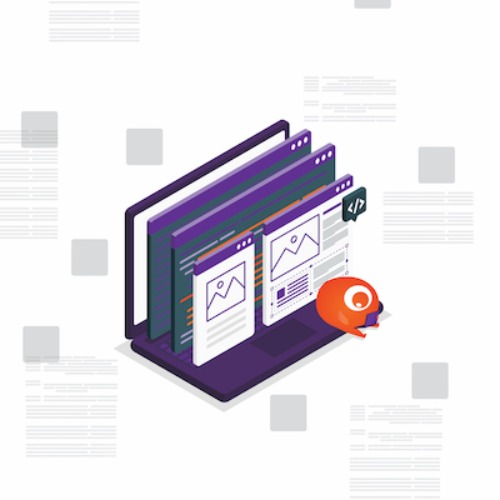
HOW TO MEASURE WEB PERFORMANCE
May 17, 2017 by Ethan Harmon
Owning and operating an eCommerce business comes with a massive set of responsibilities. Running the business itself is already a daunting task, yet the difficulty increases tenfold when it comes to regular site maintenance. Maintaining web performance should be high priority, along with regular updates, catalog promotions, etc. There are many metrics to look into and take into consideration when it comes to measuring web performance, and overlooking any of them would be a mistake. Be sure to look into the following to accurately measure your web performance:
Metrics
Page Load Time - This is very, very important. The time begins from the beginning of the navigation (entering a URL, clicking a link, etc.) until the page is fully loaded. Pretty simple, right? Well, think about how much time a user is willing to wait for a page to load on a browser or mobile. Anything more than a few seconds might send them searching for products elsewhere. Test load times on all pages on your site and determine if anything is slowing down the load times.
Redirect Time - Generally, you will have redirects setup for your site to direct users to the correct URL, i.e. customer enters awesomestore.com, it will send them to www.awesomestore.com. Think of this the same was as page load times. Make sure the redirects load the proper URL quickly.
DNS Lookup - Basically, the time it takes a browser to search for and find the IP of your site.
HTTPS Negotiation - For sites with HTTPS (encrypted content), the browser and server will need to exchange info to verify the SSL certificate.
Server Connection and Response Times - After the IP is found, these reflect the time it takes to connect to the site, and how long it takes for the site’s server to respond. Keep these metrics in mind as your site presence grows, as you may need to upgrade server space in the future.
HTML Load Time (TTFB: Time to First Byte) - Time in which HTML document is delivered to the browser.
Start Render Time - Time in which the first piece of non-white content becomes visible. Think of it as anything other than a blank, white page showing up on screen.
Document Complete/Content Loaded - This is when the HTML document is loaded, but other elements are still being delivered, i.e. images.
Fully Loaded Time - It’s as the name implies. Basically, everything is fully loaded and there are 2+ seconds of inactivity from the network. No more documents, images, etc. need to be loaded. Everything should appear on the page. Unlike page load time - which is navigation - this is when all elements are visible on the page.
Other Elements to Consider:
- Page views
- Pages viewed per session
- Bounce rate
- Session duration
- Conversion
Better Performance = Better Results
It’s going to take some time investigating these metrics and researching ways of improvement, but the effort will be well worth it. Keep in mind that this will not be something improved within a day. This task will take you and your team several days, maybe even a week or so to thoroughly investigate and fix. Generating better web performance will create better web presence and reward your customers with a nicer experience. The investment in improving performance is something every e-retailer should take seriously.




